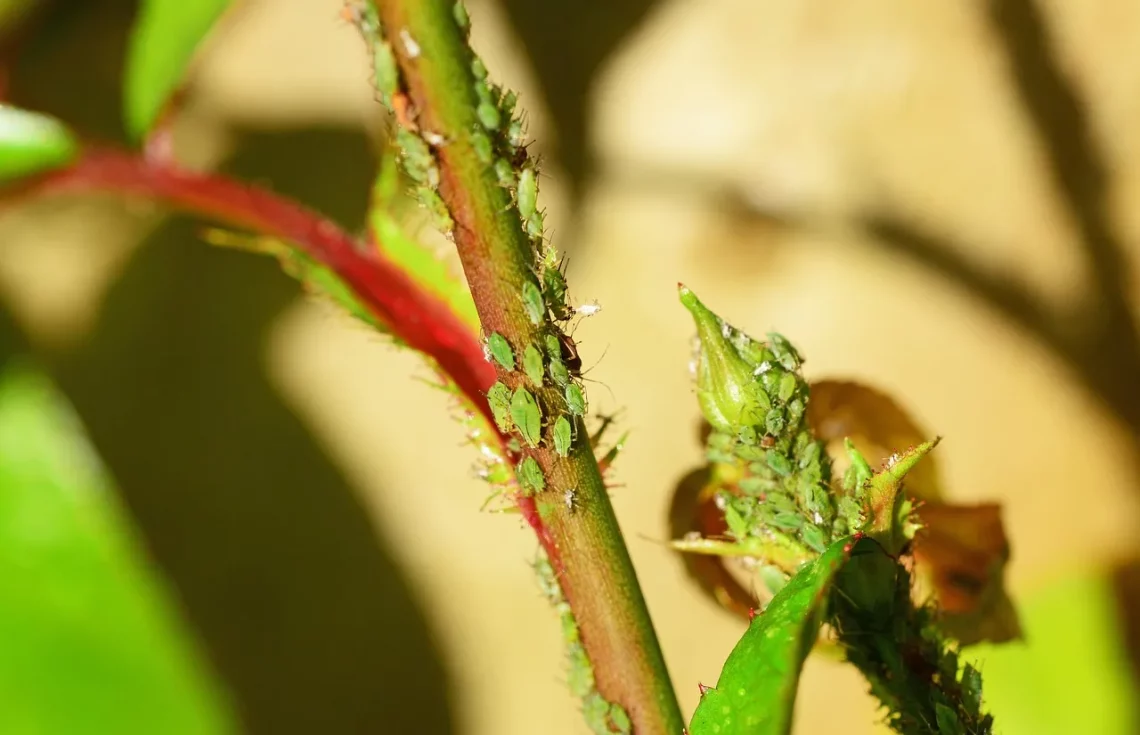
Can Cats Catch Human Lice: What You Need to Know
The relationship between humans and their feline companions is often cherished, with cats providing comfort, companionship, and entertainment. However, when it comes to health concerns, particularly regarding parasites, many cat owners find themselves asking difficult questions. One such concern is the possibility of cats transmitting human lice, a topic that can spark confusion and anxiety.
Lice, specifically head lice, are tiny, wingless insects that thrive on human blood and are notorious for their ability to spread rapidly among people, especially in settings like schools or daycares. On the other hand, cats can carry their own types of parasites, such as fleas and ticks, which can lead to further misconceptions about the transmission of human lice. Understanding the biology of these creatures and their behaviors is crucial for pet owners to navigate this issue effectively.
As we delve deeper into the world of lice and their potential interaction with our beloved pets, it becomes essential to clarify the facts surrounding these pests. This exploration will not only help cat owners feel more informed but also provide practical advice on maintaining both feline and human health in a shared living environment.
Understanding Lice and Their Behavior
To comprehend whether cats can catch human lice, it’s vital to first understand what lice are and how they behave. Lice are ectoparasites that primarily infest humans. There are three main types of lice: head lice, body lice, and pubic lice. Head lice are the most common, especially among school-aged children. These tiny insects do not jump; instead, they crawl from one hair strand to another and can be transmitted through close contact.
Lice feed on human blood and lay their eggs (nits) on hair strands close to the scalp. This makes them particularly challenging to eliminate, as the nits adhere firmly to the hair. The life cycle of lice includes the egg stage, nymph, and adult, with each stage requiring a human host to survive.
Importantly, lice have evolved to thrive on human hosts, meaning they have specific adaptations that allow them to feed and reproduce efficiently on human blood. They are not capable of infesting other species. This specificity is a critical point for cat owners to consider; while lice can spread among humans, they do not have the ability to transfer to or from cats.
In contrast, cats can be hosts to various parasites, including fleas and mites, which can sometimes lead to confusion among pet owners. Fleas, for example, can cause itching and discomfort, but they are separate from lice and do not transmit them. Understanding these distinctions is crucial for pet owners who wish to keep both their cats and their families healthy.
Can Cats Transmit Lice to Humans?
Given the nature of lice and their host specificity, the straightforward answer is no; cats cannot transmit human lice to humans. This fact is rooted in the biology of lice and the evolutionary relationship they share with their human hosts. Cat lice, for instance, are a different species entirely and are not capable of surviving on humans.
When a cat is infested with lice, these parasites are specifically adapted to live on feline hosts. They feed on the cat’s skin and hair, making their home in their fur. While it is theoretically possible for a person to come into contact with a cat that has lice, this does not pose a risk of transmitting human lice.
However, this does not mean that cats are entirely free from health concerns related to parasites. Cat owners should remain vigilant about checking their pets for fleas, ticks, and other parasites that can affect their health. Regular grooming and veterinary check-ups are essential for keeping your feline companion free from infestations.
In essence, while cats and humans can experience their own unique issues with parasites, the transmission of lice between the two species is not a concern. Understanding this distinction can alleviate many worries for pet owners, allowing them to focus on proper care without the fear of cross-species transmission of lice.
Preventing Parasite Infestations in Pets and Humans
Maintaining a healthy environment for both pets and humans involves proactive measures to prevent infestations. While it is confirmed that cats cannot carry human lice, both cats and humans can be susceptible to their respective parasites. Therefore, it is essential to implement preventive strategies for both.
For humans, regular hygiene practices are critical. Keeping hair clean and avoiding close contact with others who may have lice can help reduce the risk of transmission. In educational or communal settings, awareness and quick action are vital in addressing outbreaks. If lice are detected, prompt treatment with appropriate lice shampoos or medications is necessary.
For cats, maintaining a clean living environment is equally important. Regular grooming helps identify any potential infestations early. Using flea and tick preventatives recommended by your veterinarian can also keep your cat protected. Ensure that your cat’s bedding and living spaces are clean and free from parasites.
Furthermore, when introducing new pets into the home, it’s wise to quarantine them and check for any signs of parasites before allowing them to interact with existing pets. This practice helps prevent any potential infestations from spreading.
Ultimately, the goal is to create a healthy and safe environment for both humans and their feline friends. By staying informed and proactive, pet owners can ensure that their cats remain happy and healthy while minimizing the risk of any parasite-related issues.
Recognizing Signs of Infestation and Seeking Treatment
Understanding the signs of infestation is crucial for both pet owners and parents. Early detection can make treatment more effective and help prevent the spread of parasites among family members or pets.
For humans, signs of a head lice infestation include intense itching, particularly on the scalp, and the presence of nits or adult lice in the hair. If you suspect an infestation, it’s important to act quickly by using over-the-counter treatments or consulting a healthcare provider for prescription options.
In cats, signs of lice infestation may include excessive scratching, biting at their fur, and visible lice or nits in their coat. If you notice these symptoms, contacting your veterinarian for a proper diagnosis and treatment plan is essential. Treatment options may include medicated shampoos, topical solutions, or oral medications specifically designed to target lice and other parasites.
Both humans and cats share the need for a clean environment to discourage infestations. Regular cleaning of bedding, grooming tools, and shared spaces can significantly reduce the risk of lice or other parasites.
For pet owners, understanding the distinction between human and cat lice is vital. While it is easy to become overwhelmed by concerns about parasites, maintaining an informed perspective can help alleviate fears. Regular veterinary check-ups, along with good hygiene practices for both pets and humans, can ensure a healthy and comfortable living environment.
**Disclaimer: This article is for informational purposes only and should not be considered medical advice. For any health concerns or issues related to lice or parasites, it is recommended to consult a healthcare professional or veterinarian.**




